Raghavendra Swamy: The Saint of Mantralayam
Raghavendra Swamy, also known as Guru Raghavendra, is one of the most revered saints in the Madhwa tradition of Hinduism. Renowned for his deep spiritual knowledge, devotion to Lord Vishnu, and miraculous powers, he is primarily worshipped in South India, especially in Karnataka, Andhra Pradesh, Tamil Nadu, and Telangana. His life, teachings, and legacy have left an indelible mark on Indian spirituality, and millions of devotees across the world continue to seek his blessings to this day.
Early Life and Birth
Raghavendra Swamy was born as Venkatanatha in the town of Bhuvanagiri, Tamil Nadu (present-day Chidambaram district) in the year 1595 CE. His parents, Thimanna Bhatta and Gopikamba, were devout Madhwa Brahmins. From an early age, Venkatanatha exhibited a prodigious intellect and deep spiritual inclination.
After the death of his father, his uncle took over his education and upbringing. Venkatanatha studied under the great scholar Sudheendra Tirtha, who later became his guru. He mastered the Vedas, Upanishads, Mimamsa, and Nyaya, and soon came to be regarded as one of the brightest scholars of his time.
Family Life and Renunciation
Venkatanatha was married to Saraswati Bai, and the couple had a son named Lakshminarayanacharya. Despite being married and having a family, Venkatanatha lived a life of austerity. He never accepted charity and maintained his family through traditional Vedic teaching and performance of rituals.
However, life was tough. The family lived in poverty, yet Venkatanatha never let go of his spiritual discipline. His wife, recognizing his divine purpose, stood by him in his journey. A turning point came when his guru, Sudheendra Tirtha, expressed his desire to make Venkatanatha his successor.
Initially reluctant to accept Sannyasa (renunciation), Venkatanatha eventually agreed, realizing that this path would enable him to serve humanity on a much larger scale. Upon initiation, he was given the monastic name Raghavendra Tirtha.
Spiritual Journey and Teachings
Raghavendra Swamy became the head of the Sri Mutt (also known as the Dakshinadi Mutt) and traveled extensively across South India, spreading the teachings of Dvaita Vedanta, a philosophy founded by Sri Madhvacharya. His discourses attracted thousands, and he engaged in philosophical debates with scholars of other traditions, always defending the Dvaita school with grace and erudition.
Key Philosophical Contributions:
- Dvaita Vedanta Advocacy: Raghavendra Swamy firmly believed in the dualistic nature of reality – the distinct existence of God (Vishnu) and the individual soul (jiva).
- Devotion to Vishnu: His teachings emphasized that unwavering devotion to Lord Vishnu, along with righteous living and surrender, leads to liberation.
- Karma and Dharma: He insisted on the performance of one’s duties (dharma) and responsibilities as per one’s station in life.
He composed over 40 works, most notably:
- Nyaya Sudha Tippani – a commentary on Jayatirtha’s Nyaya Sudha.
- Tantradipika – dealing with ritualistic worship and its principles.
- Bhavartha Ratnaparkasha – a detailed explanation of the Bhagavad Gita.
Miracles and Divine Powers
Raghavendra Swamy was not just a scholar but was believed to possess divine powers. Numerous miracles are attributed to him during his lifetime, enhancing his reputation as a saint with supernatural abilities.
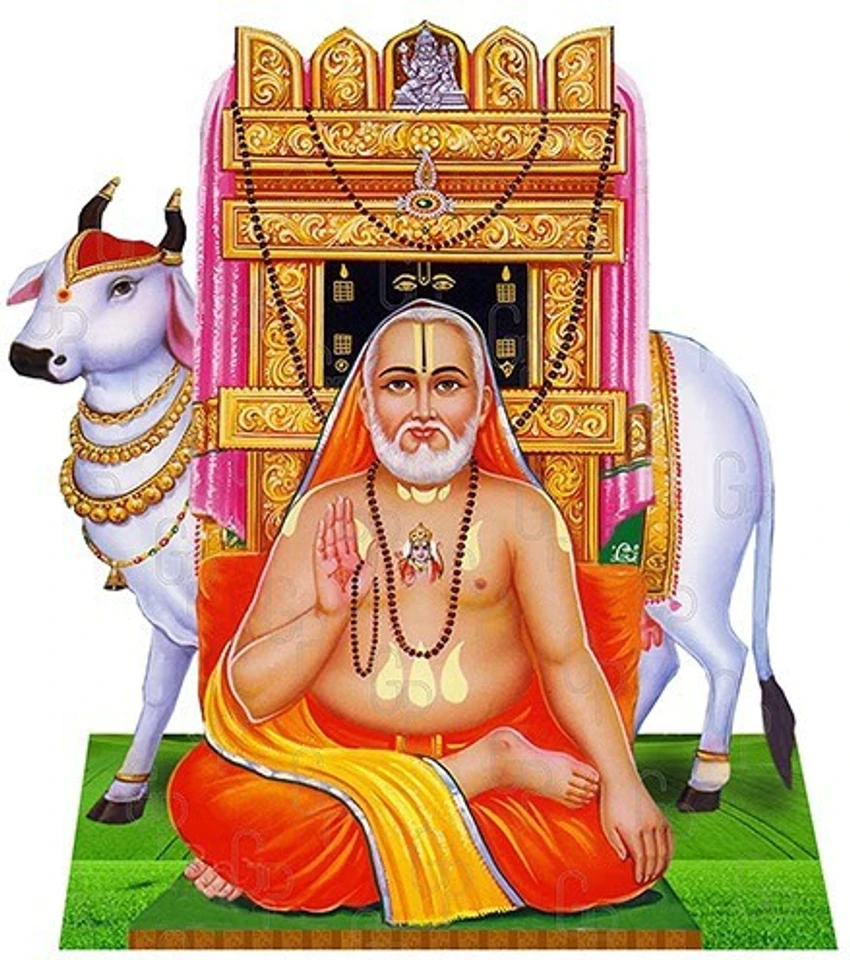
Some well-known miracles include:
- Healing the sick and curing people from deadly diseases.
- Saving his disciple from execution by miraculously making the sword turn into a flower.
- Providing food and wealth miraculously to poor and needy devotees.
- Appearing in dreams or visions to guide and bless his followers.
Even after his Brindavana Pravesha (entering samadhi), thousands of devotees have claimed to receive his blessings and interventions in times of crisis.
Brindavana at Mantralayam
In 1671 CE, Raghavendra Swamy entered into Jeeva Samadhi (a conscious exit from the physical body) at the sacred town of Mantralayam, located on the banks of the Tungabhadra River in present-day Andhra Pradesh.
Before entering the Brindavana (tomb), he assured his devotees:
“I will be in this Brindavana for 700 years, and I will answer the prayers of my devotees.”
His Brindavana at Mantralayam has since become one of the most visited pilgrim centers in South India. The temple complex houses his final resting place and is considered a living seat of divine energy.
Mantralayam Temple Complex
The Mantralayam Raghavendra Swamy Mutt is not just a temple but a full-fledged spiritual institution. It includes:
- The Brindavana (Samadhi) of Raghavendra Swamy.
- A shrine for Panchamukhi Hanuman, whom Raghavendra Swamy worshipped.
- Temples for Moola Rama, Seeta, Lakshmana, and Hanuman.
- Daily pujas, rituals, and annual Aradhana festival attended by thousands.
Devotees from all walks of life, including celebrities, politicians, and saints, regularly visit the site.
Legacy and Devotion Across India
Raghavendra Swamy’s teachings have transcended time and space. Though rooted in the Madhwa philosophy, his message of compassion, dharma, and devotion has resonated with people beyond religious and regional boundaries.
Popularity in Modern Times:
- His life has inspired films, TV serials, and literature. The most famous movie is “Sri Raghavendra” (1985), where South Indian superstar Rajinikanth portrayed the saint.
- His Stotra (prayer) “Raghavendra Stotra” composed by Appanacharya, is chanted daily by thousands of devotees.
- The phrase “Guru Sarvabhauma Raghavendra” is etched in the hearts of his followers.
Important Beliefs and Practices of Devotees
Devotees of Raghavendra Swamy follow a disciplined and devotional lifestyle. Some common practices include:
- Chanting the Raghavendra Stotra daily.
- Visiting Mantralayam at least once in their lifetime.
- Observing Thursday fasts, as it is considered his special day.
- Offering coconuts, flowers, ghee lamps, and tulsi at his shrine.
Many devotees keep a photo of Raghavendra Swamy in their homes and light a lamp before it every day.
Raghavendra Swamy and the Universal Message
While rooted in the Dvaita tradition, Raghavendra Swamy’s teachings emphasized universal truths:
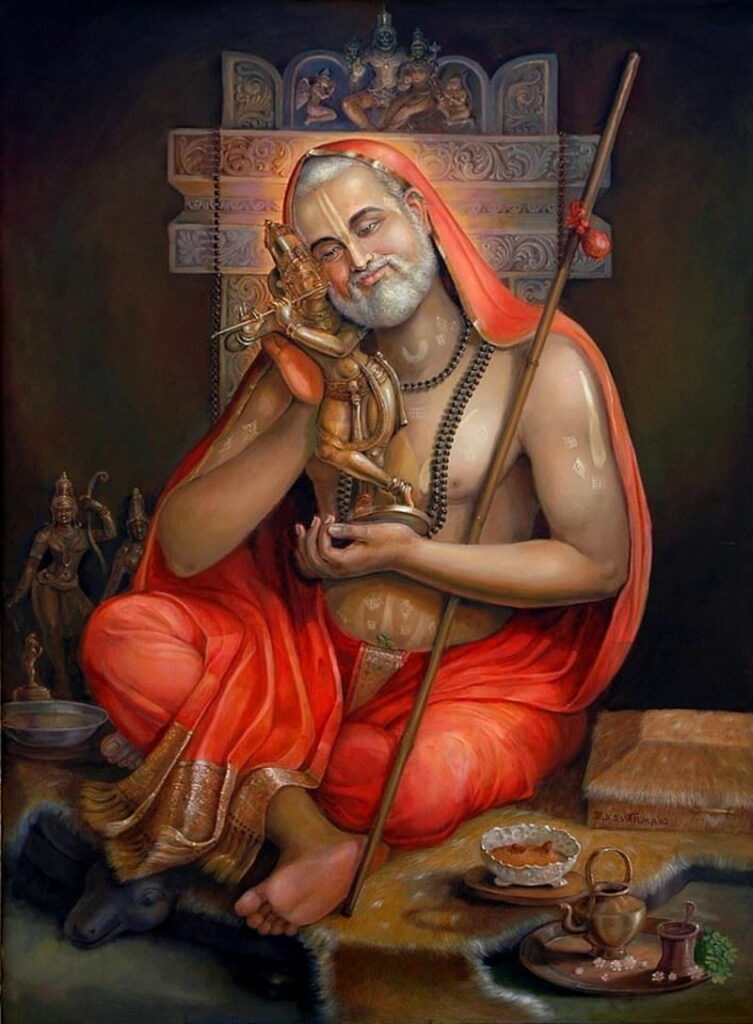
- That faith and surrender lead to divine grace.
- That knowledge must be tempered with humility.
- That service to humanity is service to God.
- That prayer and perseverance can overcome even the gravest obstacles.
His miracles, writings, and continued presence through his Brindavana affirm his role as a Jagadguru (universal teacher), not just a guru of his sect.
Conclusion
Raghavendra Swamy remains a beacon of light for millions of devotees across the globe. His life of selfless service, deep scholarship, unwavering faith, and divine power continues to inspire and transform lives. From scholars to common folk, everyone finds solace in his presence.
Even today, devotees firmly believe that Raghavendra Swamy listens to their prayers and helps them in times of distress. His divine assurance – “I will be with you, I will protect you” – continues to be a source of comfort and strength.
In a world often divided by dogma and ideology, Raghavendra Swamy’s message reminds us that true spirituality lies in faith, humility, knowledge, and compassion.
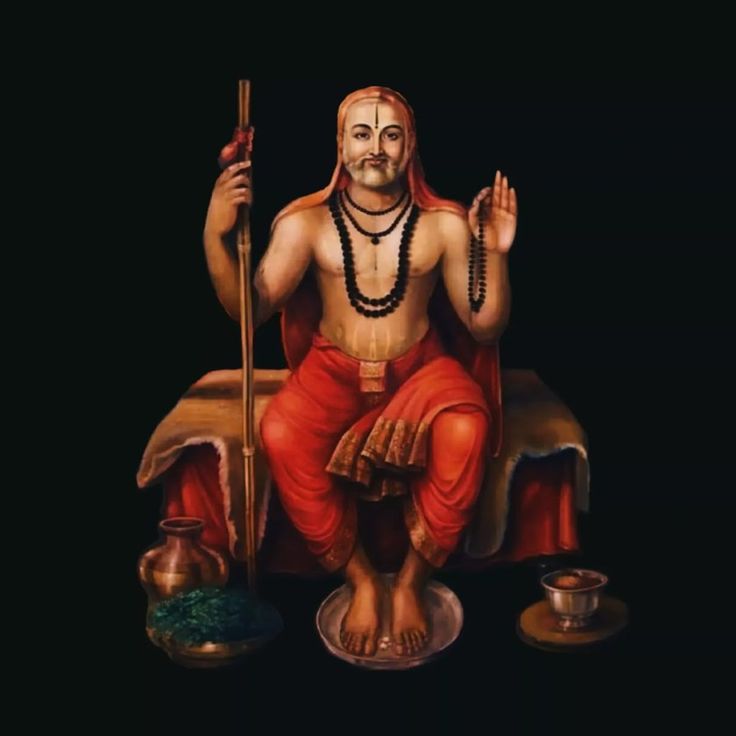


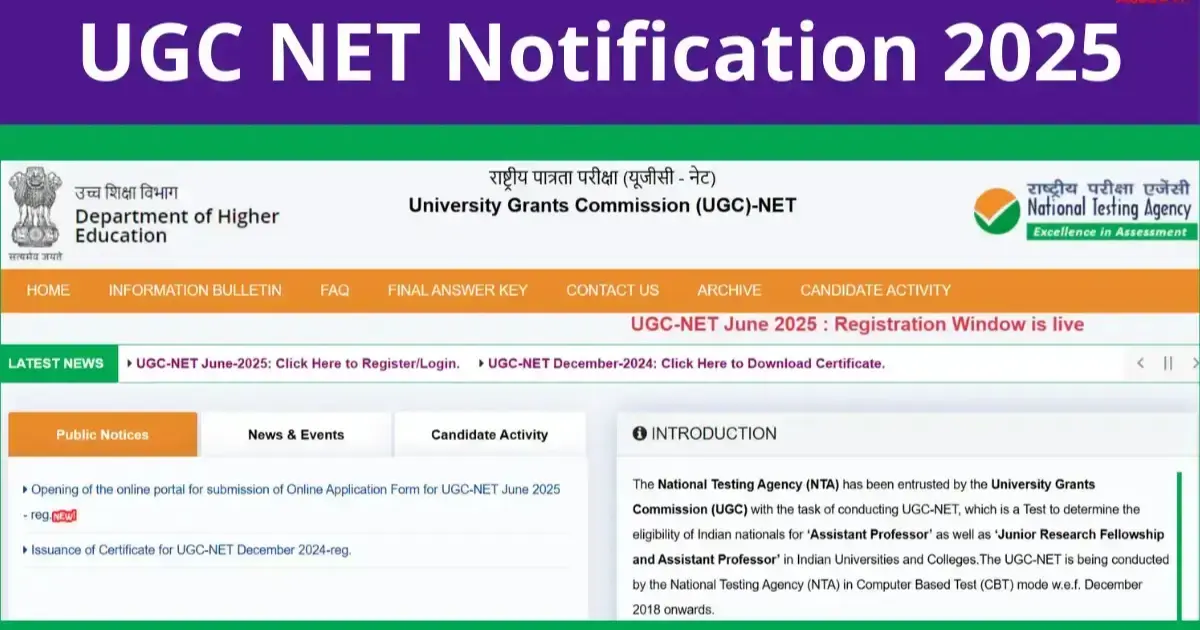
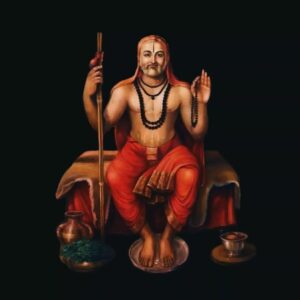


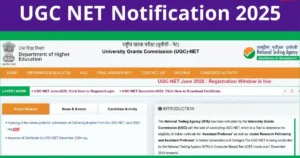






Post Comment